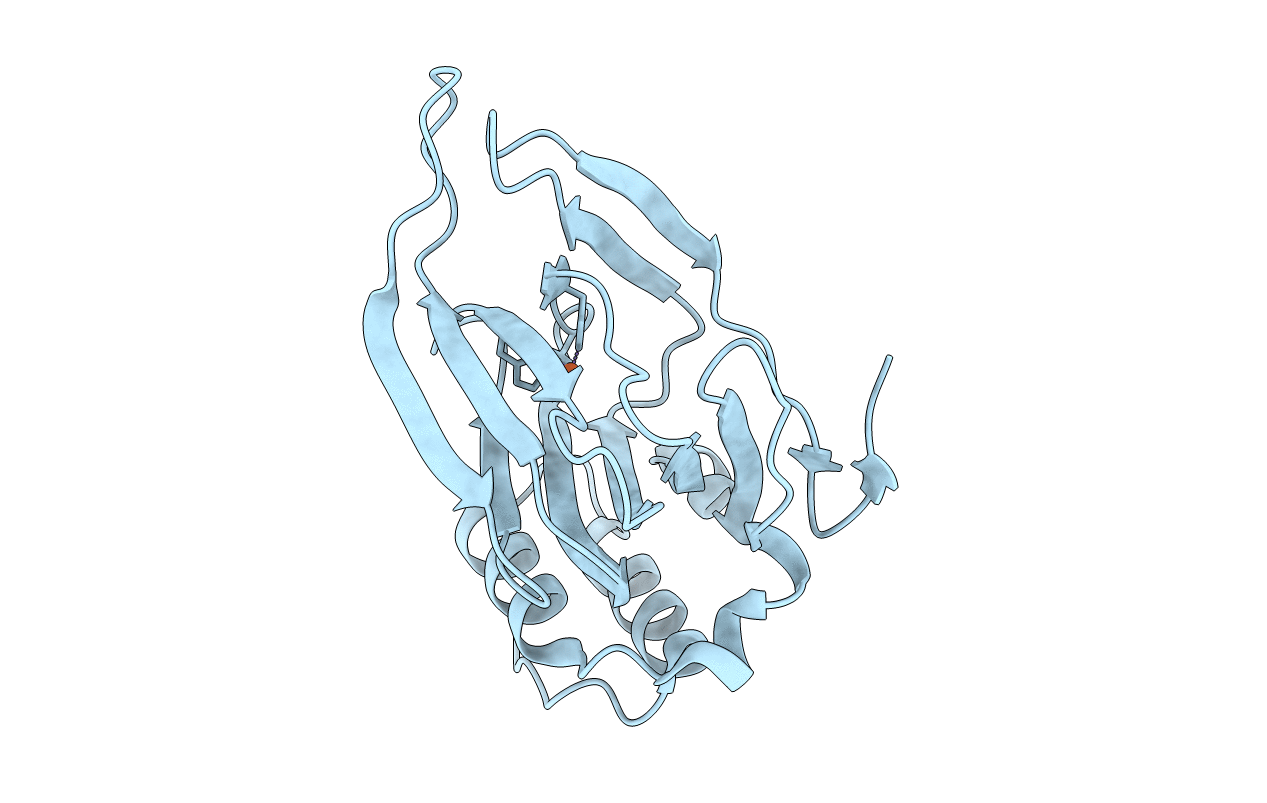
Deposition Date
2013-05-24
Release Date
2013-10-23
Last Version Date
2023-09-20
Method Details:
Experimental Method:
Resolution:
1.75 Å
R-Value Free:
0.22
R-Value Work:
0.20
R-Value Observed:
0.20
Space Group:
P 43 21 2


